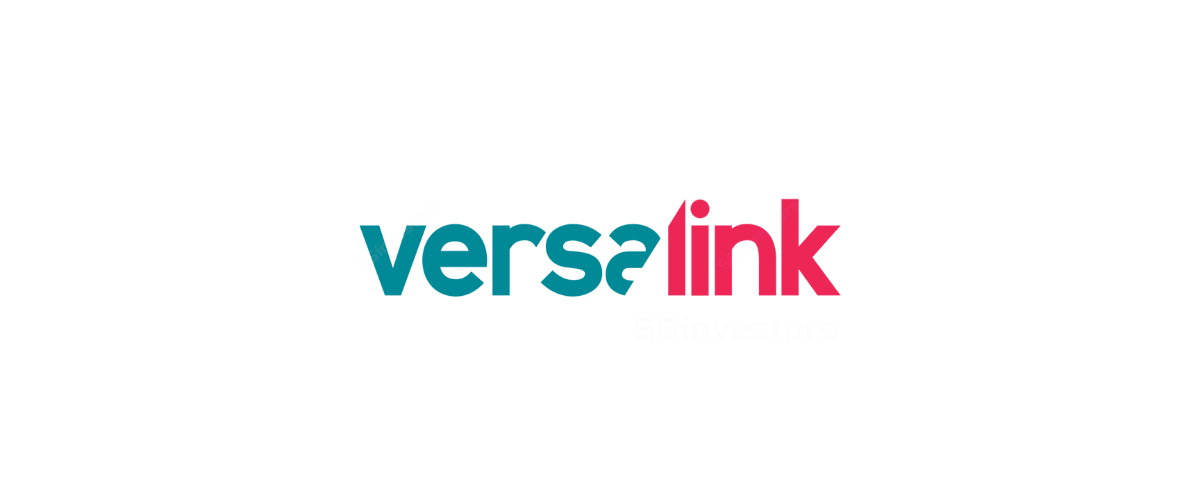How a Company Lost RM4.1 Million Yet Grew Its Bank Account: 5 Surprising Insights from a Financial Report
Introduction: Uncovering the Story Behind the Numbers
Financial reports have a reputation for being dense, dry, and impenetrable to anyone but an accountant. But hidden within the tables and footnotes are often compelling stories of strategy, struggle, and survival. The half-yearly financial report of Versalink Holdings Limited, a furniture company, is a fascinating case study, revealing several counter-intuitive takeaways about the health of a business.
1. Their Loss Ballooned by Over 500%, But Not for the Reason You Think
The headline number is stark: for the six months ended August 31, 2025, the Group’s loss after tax exploded from approximately RM0.68 million in the prior year to a staggering RM4.14 million. While revenue saw a modest dip of 5.2%, the primary driver of this massive loss was a 59.4% surge in Administrative Expenses.
The specific and unusual reason for this surge was a one-off event: a partial refund of RM1.2 million related to a sale and leaseback agreement where certain conditions were not met. This demonstrates how a single, non-operational event—a contractual issue from a deal made years prior—can completely distort a company’s bottom-line performance, making it appear far worse than its core business operations might suggest.
2. A Tale of Two Markets: Local Strength vs. Global Headwinds
The report reveals a clear divergence in the performance of the company’s two main segments for the six months ended 31 August 2025. This tells a story of local success being overshadowed by global challenges.
- Domestic Segment: Revenue grew to RM11.13 million from RM10.40 million the previous year, signaling increased demand in office furniture spending in Malaysia.
- Export Segment: Revenue fell significantly to RM8.40 million from RM10.21 million in the prior year.
The report specifies that the drop in exports was primarily due to a substantial reduction in sales demand from North America. This is directly linked to “global uncertainty which may be exacerbated by the tariffs situation,” painting a picture of a company performing well at home but facing strong international pressures.
3. The Great Paradox: How They Lost RM4.1 Million But Grew Their Bank Account
This is the most counter-intuitive finding in the report. Despite recording a net loss of RM4.14 million, the Group’s cash and cash equivalents increased from RM15.43 million to RM17.26 million during the period.
This highlights the critical difference between profit and cash flow. A company can be unprofitable on paper but still generate cash, and Versalink achieved this through shrewd working capital management. The company generated a positive net cash flow from operating activities of RM1.45 million, a stark reversal from a negative cash flow of RM1.80 million in the prior period.
This was made possible by several key changes:
- A decrease in inventories (RM1.40 million).
- A decrease in trade and other receivables (RM1.96 million).
- An increase in trade and other payables (RM0.97 million).
In simple terms, they were highly effective at selling off existing stock, collecting money owed to them by customers faster, and holding onto their cash longer before paying their own suppliers.
4. The Strategic Trade-Off: Sacrificing Profit Margin to Generate Cash
The company’s gross profit margin—a key indicator of profitability on its core products—fell from 28.0% to 24.5%. A key reason for this was the write-off of RM0.56 million in finished goods.
On the surface, this looks like a simple story of shrinking profitability. However, this action is directly linked to the cash flow paradox in the previous section. The report reveals that the RM1.40 million decrease in inventories, a primary driver of positive cash flow, was “mainly due to written off of obsolete, discontinue product and defect inventories.” This shows a deliberate strategic trade-off: management chose to accept a direct hit to its profit margin by aggressively clearing over half a million ringgit in non-performing stock, a move that was instrumental in improving the company’s immediate cash position.
5. The CEO Personally Stepped in to Fund the Company
In a move that signals both the challenges the company faces and the deep commitment of its leadership, the company entered into four separate loan agreements with its Executive Director and CEO, Mr. Ge Shuming. The total loan amount was S$340,000, provided “for its working capital purposes.” This act is a dual-edged signal: it underscores the severity of the company’s working capital challenges while simultaneously demonstrating the CEO’s ultimate personal conviction in its eventual recovery.
Conclusion: A Company at a Crossroads
Versalink’s financial report is a masterclass in looking beyond the headline numbers. It tells the story of a company navigating significant losses and challenging global markets through astute cash management and direct support from its leadership. The central tension is clear: the business is demonstrating resilience in its local market and control over its cash flow, but it faces underlying profitability issues and external pressures that cannot be ignored.
The company has stated its strategy is to explore “new business opportunities to diversify its revenue stream” while also looking to “capital markets to explore fundraising opportunities.” This leaves a critical question: Can these new ventures and potential investments materialize quickly enough to solve the core profitability challenges before its shrewd cash management is no longer enough to keep the company stable?
WATCH THE EXPLAINER VIDEO BELOW:
LISTEN TO THE PODCAST BELOW:

